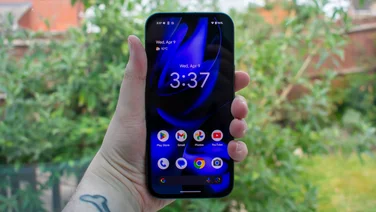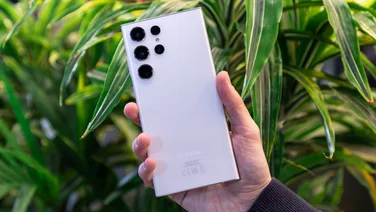To help us provide you with free impartial advice, we may earn a commission if you buy through links on our site. Learn more
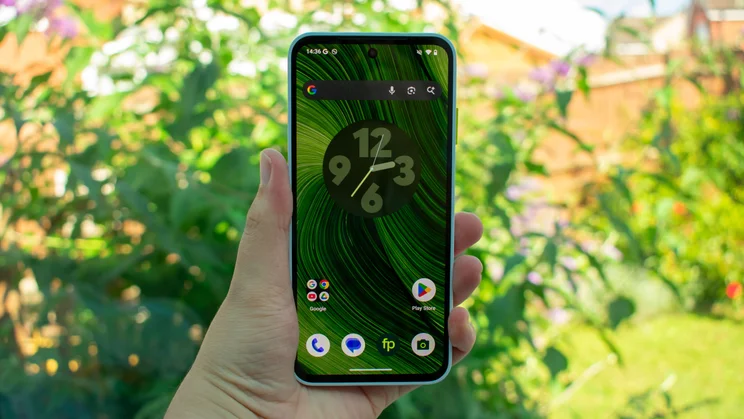
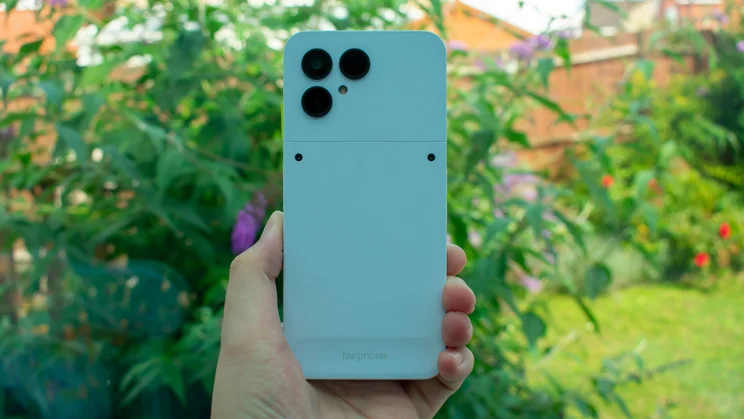
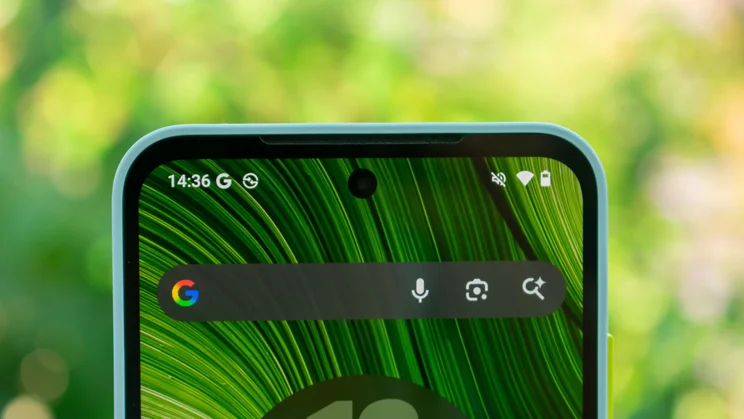

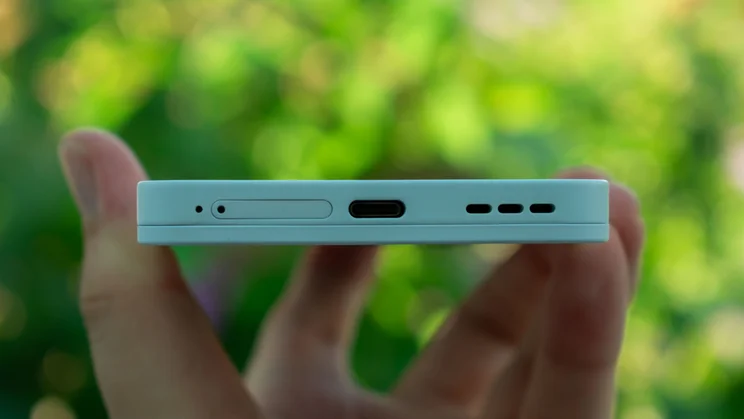
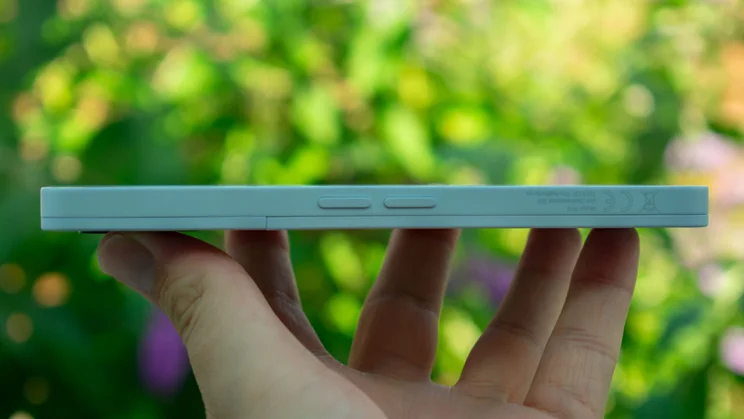
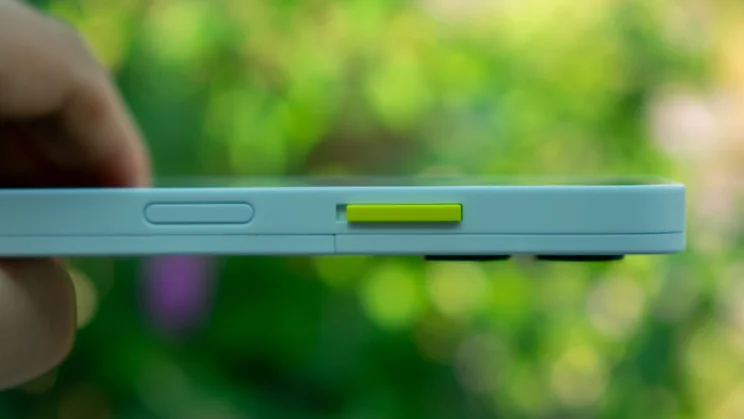
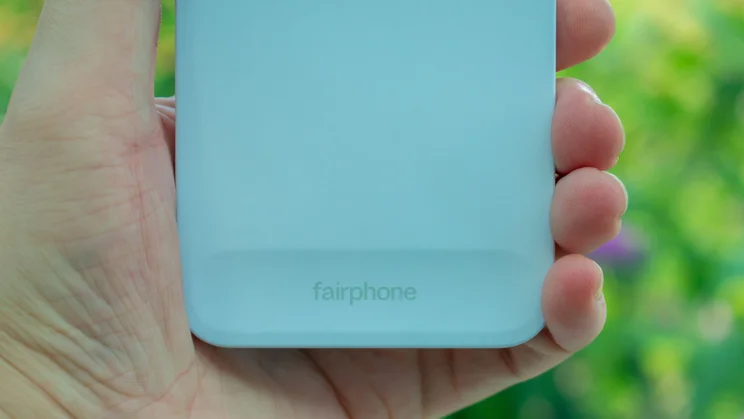
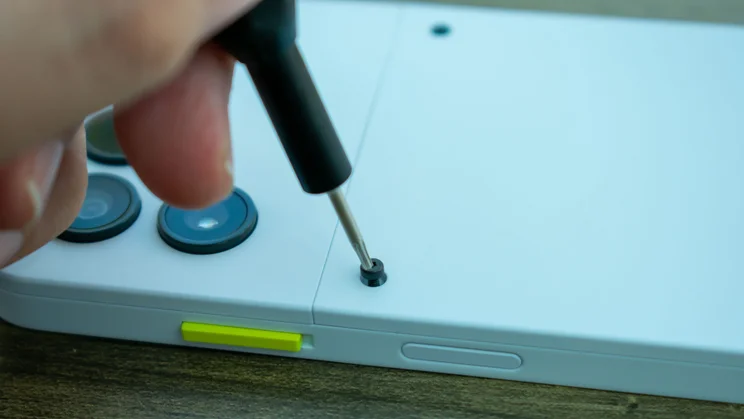
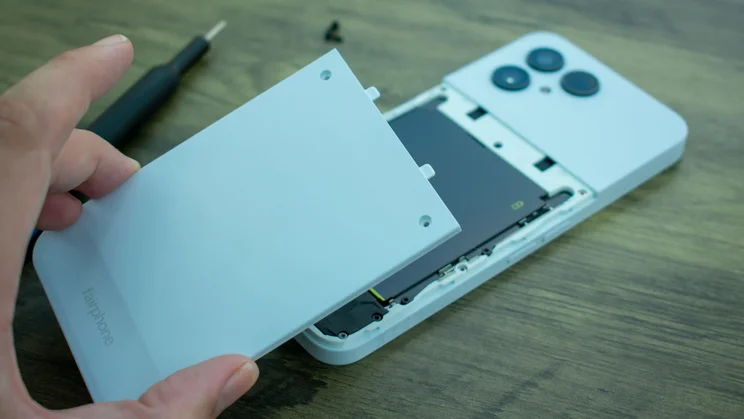

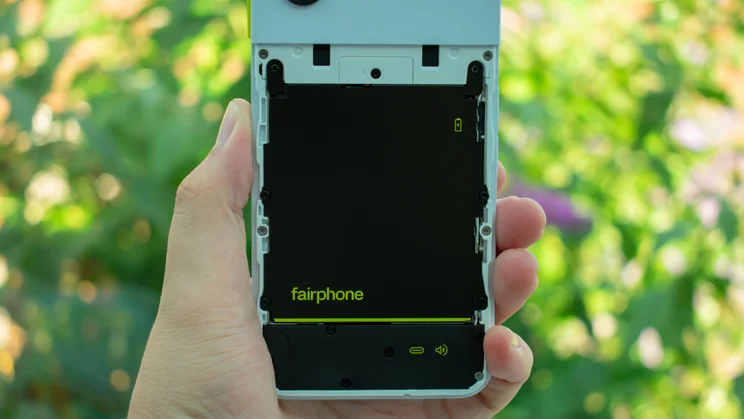
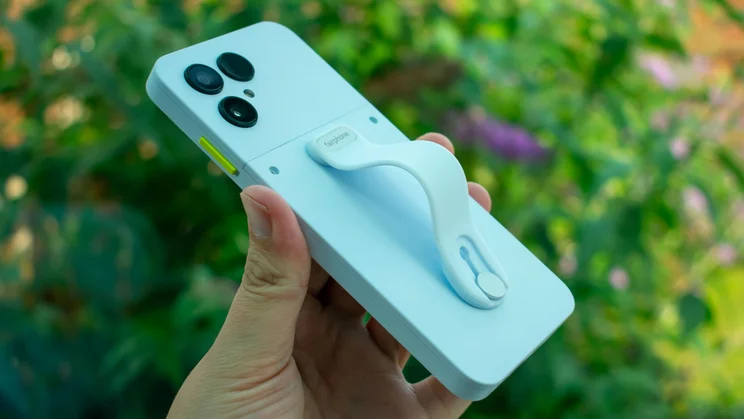
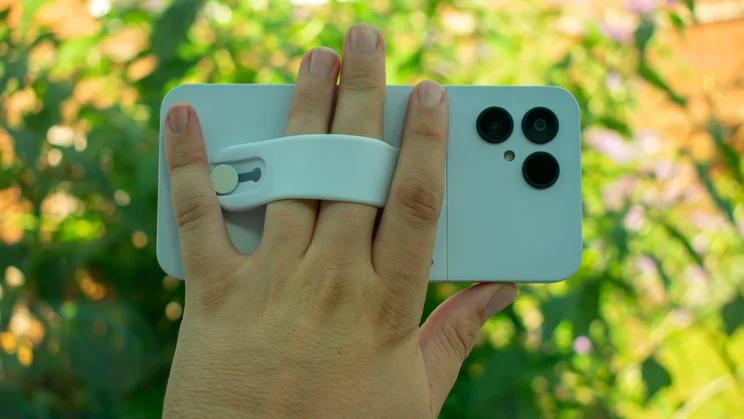
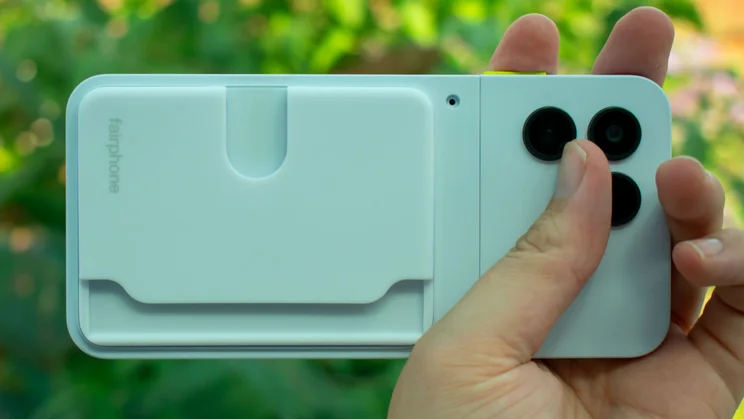
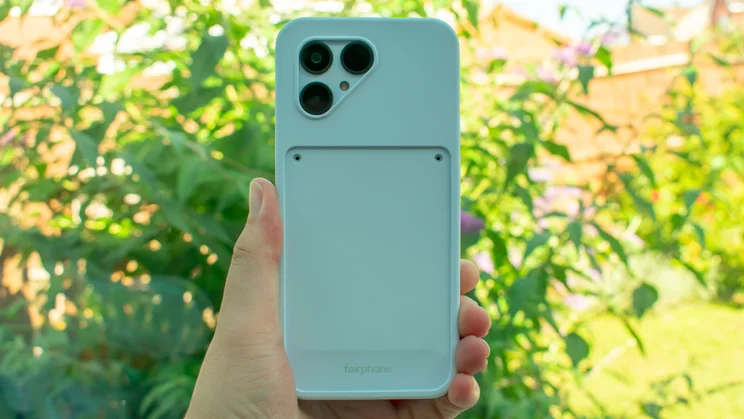
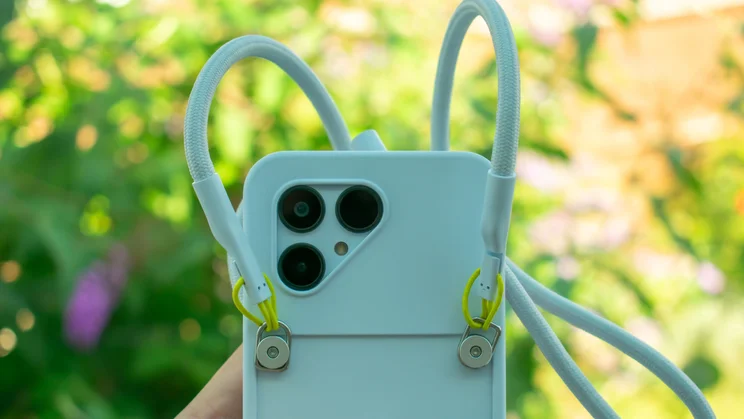
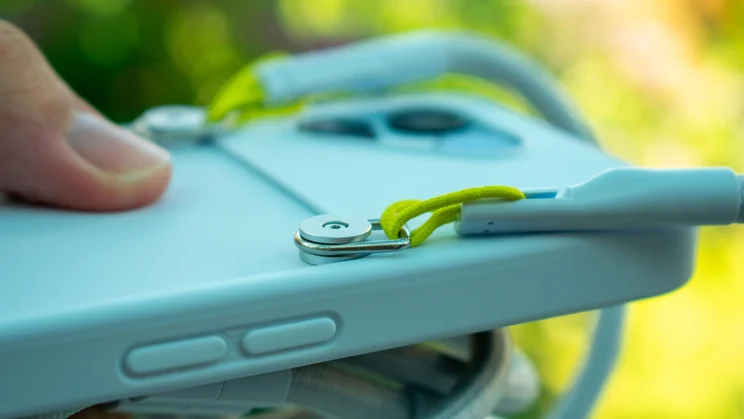
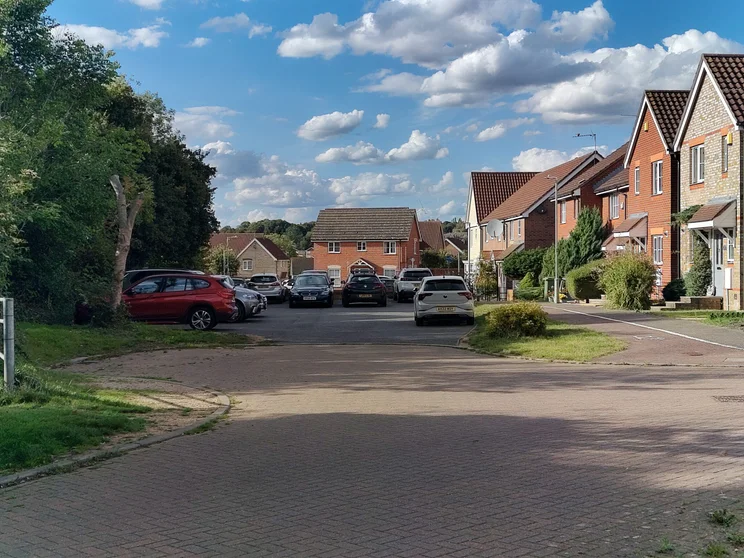
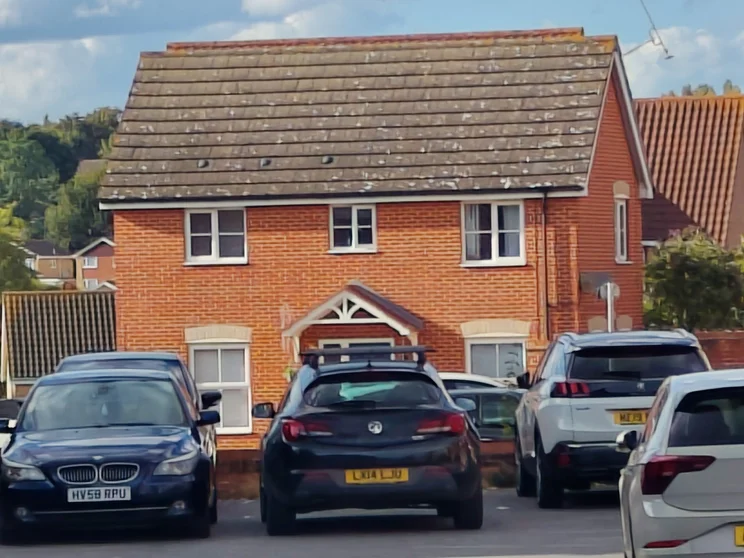
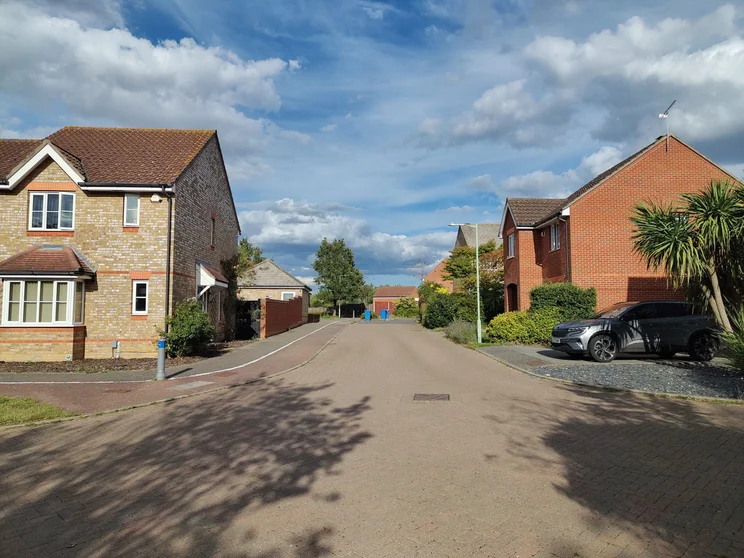

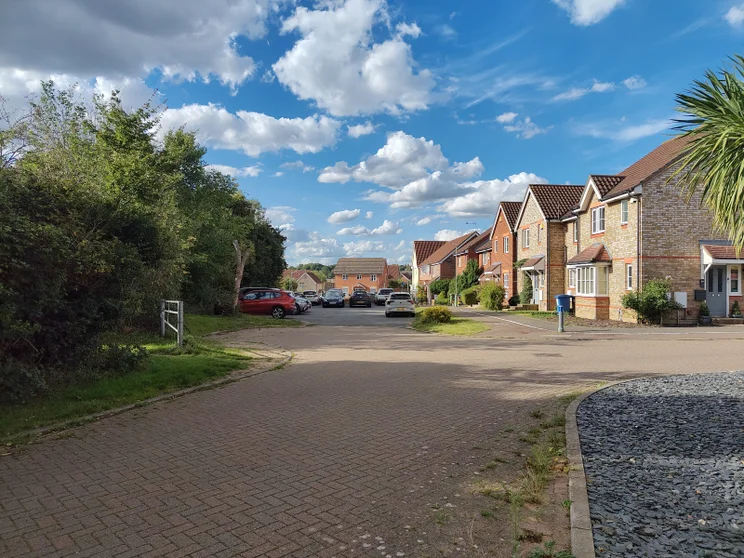

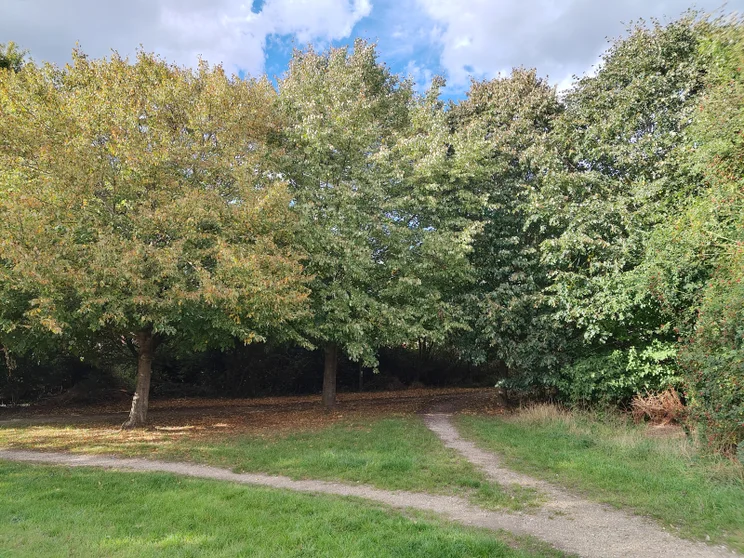

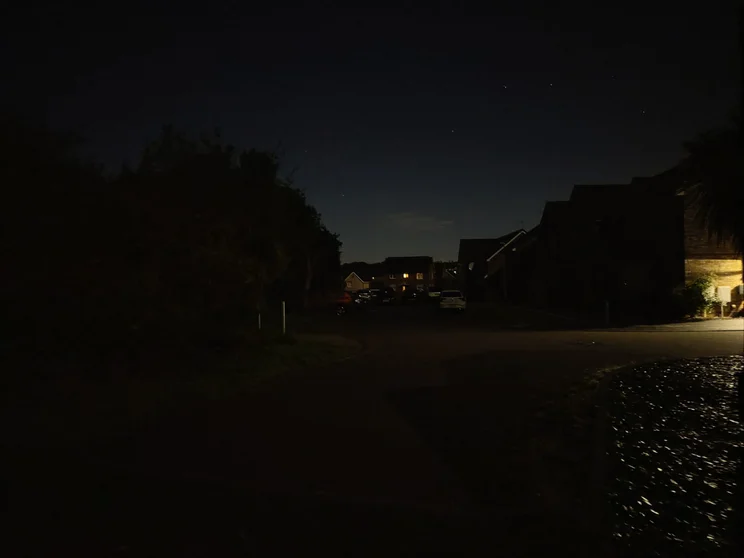
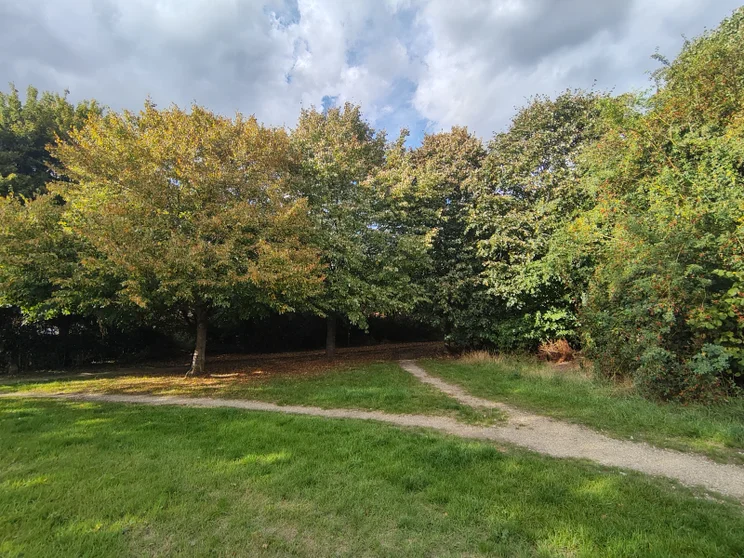
- Modular and repairable design
- Bright, colour-accurate display
- Greater sustainability efforts than most
- Example ConMiddling performance
- Battery life is only okay
- Mediocre night photography
The Fairphone 6 is, for the most part, everything that I keep asking for from all other smartphone manufacturers. The software support is extensive, a great deal of the materials are recycled or ethically sourced and the build is simple to disassemble, allowing users to easily replace the battery, screen and more to further extend its lifespan.
All of that should just be the standard for an industry that contributes massively to the e-waste crisis with iterative yearly updates that earn their margins on the basis of manufactured obsolescence.
So the Fairphone 6 and I already got off on the right foot. And based on its repairable build, software support and sustainability efforts alone, it earned my recommendation. But it’s not a clean sweep: performance and battery life are only okay and the cameras fall short of other rivals in this price range. So while the Fairphone 6 is equipped to last a long time, I’m less sure about the staying power of the hardware.
Fairphone 6: What you need to know
It’s been a couple of years since the launch of the Fairphone 5, and there are a few changes to talk about here. Some good, some less so.
First of all, the processor is naturally upgraded: it’s now a 2.5GHz Qualcomm Snapdragon 7s Gen 3 chipset, backed up by the same 8GB of RAM and 256GB of storage as before. Better still, microSD card support returns here, too, allowing you to expand that capacity by up to a further 2TB.




























The battery is larger than the Fairphone 5’s (4,415mAh, compared to 4,200mAh) and is once again removable at home, allowing you to swap it out for a fresh one if it starts to wear out years down the line – though the backplate no longer simply pops off, instead requiring you to undo two small screws, so it’s not as quick and simple to swap out the battery now.
The display is smaller (6.31in versus 6.46in) but broadly stronger. The 2,484 x 1,116 resolution is still nice and sharp, and the refresh rate now goes up to 120Hz, as opposed to the 90Hz peak on the Fairphone 5.
According to Fairphone, it’s an LTPO panel, too, meaning that it should dynamically adjust the refresh rate based on the contents of your screen. I found no option to tweak this in the settings, so whether it’s an always-on feature (which isn’t usually the case with Android phones) or that claim is an error, I can’t say for certain.




























The cameras are another area in which we see downgrades to account for the cheaper price. The ultrawide camera has dropped from a 50-megapixel sensor to 13-megapixels and the selfie camera has dropped from 50 to 32-megapixels. The main camera stays the same 50-megapixels, at least, and gets a wider f/1.7 aperture, too.
Price and competition
The Fairphone 5 had its charms but that £649 starting price for the sole 256GB model was a tough pill to swallow. Fairphone later introduced a cheaper 128GB variant for £499, which struck a better balance. Now, we’ve split the difference; we’re back to just a 256GB model (for now, at least) but its price has come all the way down to £499.




























That puts it much closer in price to rivals that perform around the same. Top of that pile is the Nothing Phone (3a) Pro, which is £449. The obvious drawback here is fewer years of software support, no modular design and you feel more guilty about the environmental impact, but on the plus side, you get a dynamite 3x telephoto camera.
For a direct price comparison, the Google Pixel 9a is perhaps a more substantial threat, starting at the same £499 – though the 256GB model is £599. For that price, it has seven years of software support (nipping at the heels of the Fairphone’s eight years), better performance and stronger cameras, albeit lacking the telephoto offered by the Nothing.
Design and key features
The Fairphone 6 is a little smaller than its predecessor, now measuring 73 x 157mm (W x H), though it’s kept the same 9.6mm thickness. That’s still among the thickest of modern smartphones but reducing the other dimensions makes the phone sit much more comfortably in the hand, at least. It also helps that it’s lighter than before, dropping from 212g down to 193g.




























With the cheaper price comes a minor structural downgrade – the frame is no longer aluminium, now coated with the same recycled composite material that covers the rear of the phone. Both the back and the edges have a smooth, matte finish that feels luxurious enough beneath your fingers, and it doesn’t feel cheap or tacky, at least.
In fact, the Fairphone 6 apparently uses more recycled and fair materials than ever before, now over 50%. In addition to this, the phones are said to be built in fair factories that use green energy in the manufacturing process and support living wages and prioritise worker wellbeing. In short, Fairphone’s list of eco and societally friendly credentials is commendable and serves as one of the biggest draws for choosing this phone.




























There are only three colour choices this time around – the white model reviewed here, standard black and a Forest Green – with the conspicuous absence being the transparent version we got with the Fairphone 5. I thought that was a fun look that further highlighted how simple it was to disassemble, so it’s a shame to see it not returning for this generation.
The rear also doesn’t snap off anymore, now held in place by two small screws. Undo these and you can get to work replacing any parts that may have run their course, but it also allows you to swap out the back plate. Options are one with an attached finger loop and one with a card holder that can contain up to three cards, with a protective case and lanyard attachment also available.
I particularly liked the finger loop – it made holding the phone more comfortable and the soft silicone never dug into my fingers. My only complaint is that I wish it was a little more rigid, as that would allow it to double as a kickstand, too.




























The Gorilla Glass that sits over the display for scratch protection has been upgraded from Gorilla Glass 5 to 7i and the phone as a whole is once again rated IP55 for dust and splash resistance. You can get more robust IP68-rated phones for this kind of money (such as the Pixel 9a) but they lack the ability to easily swap out parts, so it’s a trade-off.
The power button is once again on the right edge but the volume keys have moved to the left side. Now above the power button, we have a simple slider that toggles the “Moments” profile. This lets you select from a pre-made list of profiles or create your own, each of which limits you to five essential apps, blocking out notifications from everything else. It’s a handy little feature that I found most useful when switching between work mode and relaxing afterwards – there’s nothing more satisfying than silencing your emails with a gentle click.




























We also have a fingerprint sensor in the power button and both it and the face unlocking proved efficient and reliable enough in my testing.
There are two options for the software. The £499 model I received came with Android 15 but you can also get a version with the open-source /e/OS platform for £549. This is described as a “deGoogled” launcher, with the focus being on privacy and protecting your data from big companies. The downside is not all apps work with this OS, and accessing Google’s apps is (understandably) a bit more fiddly than on standard Android phones.
Whichever version you choose, Fairphone has committed to at least eight years of software support and provides a five-year warranty for greater peace of mind.
Display
The 6.31in being smaller than the Fairphone 5’s screen doesn’t mean it’s a downgrade. Far from it. It’s still a gorgeous OLED panel, with essentially perfect black and contrast levels, is reasonably sharp at 2,484 x 1,116 and gets the smoother 120Hz peak refresh rate. It also gets brighter, hitting 756cd/m2 on adaptive brightness with a torch shining on the light sensor, whereas the Fairphone 5 topped out at 592cd/m2.




























There are three colour profiles to choose from – Boosted and Adaptive offer varying levels of punchy, saturated colours, perfect for your streaming and gaming needs, and the Natural profile shoots for authentic sRGB reproduction. On the latter setting, I recorded an sRGB gamut coverage of 96.2%, with a total volume of 97.1%. The average Delta E colour variance score came back at just 0.79, which is well within our target of 1 or under, and speaks to excellent colour accuracy.
Performance and battery life
The Qualcomm Snapdragon 7s Gen 3 chipset used here is marginally better than the Fairphone 5’s Qualcomm QCM6490 platform – the single-core benchmark results are roughly the same but multi-core speeds were 17% better than the previous generation.
These results are competitive for this price range and broadly in line with the scores I recorded on the Nothing Phone (3a) Pro, but as you can see below, you’ll get far better results from the Google Pixel 9a and the iPhone 16e.
Despite using the newer and faster Adreno 810 GPU, the Fairphone 6 didn’t perform any better in the GFXBench tests than its predecessor. Both scored decently enough, with framerates that can handle moderately intensive games like Asphalt Legends, but once again, serious mobile gamers will want to opt for the Pixel or the iPhone.
Battery life isn’t exactly what I would call bad, but it’s not the best you can get for this kind of money – or less, even.
The Fairphone 6 ran our standard looping video battery test for 23hrs 45mins before tapping out. That’s dramatically better than the Fairphone 5, which only lasted for 12hrs 49mins, but still quite behind the best in this price range. The Pixel 9a, for instance, lasted for 34hrs 5mins, which is some of the best phone battery life we’ve ever recorded.
Once depleted, the battery supports charging speeds up to 30W, which is fast enough to get around 62% in 30mins and a full charge in a little over an hour. That’s quite a bit better than the Pixel 9a, which took over an hour and a half to hit 100% in my testing.
Cameras
The 50-megapixel (f/1.7) main camera is a competent enough shooter in good lighting, producing images with reasonably broad dynamic range and bright, punchy colours. Detail is alright at first glance but zoom in and you’ll see that several areas are quite blurry. It’s not drastic enough to be a dealbreaker but I’d expect better results from a 50-megapixel sensor with optical image stabilisation (OIS).

Zoom shots are okay at 2x and 3x but going beyond there (up to the maximum magnification of 10x) delivers some fairly blurry results. They’re still usable, so not aggressively bad, but you can get better zoom photography from rivals.

Night photography is also fine but not particularly impressive. Colours are reproduced well, and the lens even managed to pluck out a few stars in the sky in the shot below, but it’s still quite dark and blurry, with lots of visual noise in the sky.

Downgrading the ultrawide from a 50-megapixel sensor to 13-megapixels was always going to result in poorer detail but aside from that, this lens isn’t half bad. In fact, it might be my favourite of the cameras.
The colour tone is nice and vibrant and detail is crisp in the centre of the frame, with decent definition in the grass in the image below – though it does blur off quite sharply towards the edges.

The ultrawide lens is also in charge of macro shots, and the results here are also quite effective. Find the right distance from your subject and you’ll nab a solid level of fine detail with a suitably smooth background blur behind it. The lens can be a little hit and miss with the focus, sometimes blurring the edge of your subject, but broadly, it’s a good inclusion.

I don’t mind the selfie camera’s downgrade either, as results are still serviceable. Skin tones feel natural and portraits can snap a crisp focus on the subject, with strong lines separating them from the background blur. For the most part, at least – fine hair and things like my earring often get blurred out, but that’s far from just a Fairphone problem.
Video is solid enough, too, recording up to 4K at 30fps or hitting 60fps with a 1080p resolution. You also get both electronic image stabilisation (EIS) and optical image stabilisation (OIS) options in the shooting menu. These both work with either 1080p or 4K resolution, but only at 30fps.
Fairphone 6: Verdict
So performance isn’t top of the class, battery life isn’t the most extensive and the cameras are fine but not outstanding. If you care more about any of those things, you’re better off picking up a Google Pixel 9a.
The thing is, I don’t think the target audience here do care more about those things. The Fairphone 6 is something of a respite from the relentless deluge of yearly smartphone updates that offer little to no repairability, more limited software support (albeit not by much, in the case of Google, Samsung, Apple and other top players) and don’t make as big an effort to reduce and offset their environmental impact.
So for those who find themselves needing a smartphone to exist in the world but are after something a little more green, I recommend the Fairphone 6. It’s better value for money than its predecessor and its efforts towards sustainability are worth the sacrifices in performance and photography.



